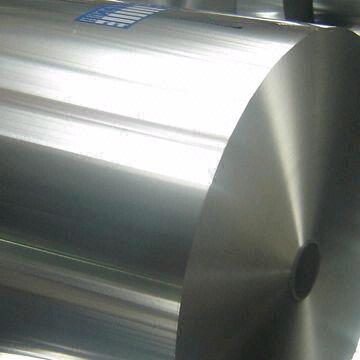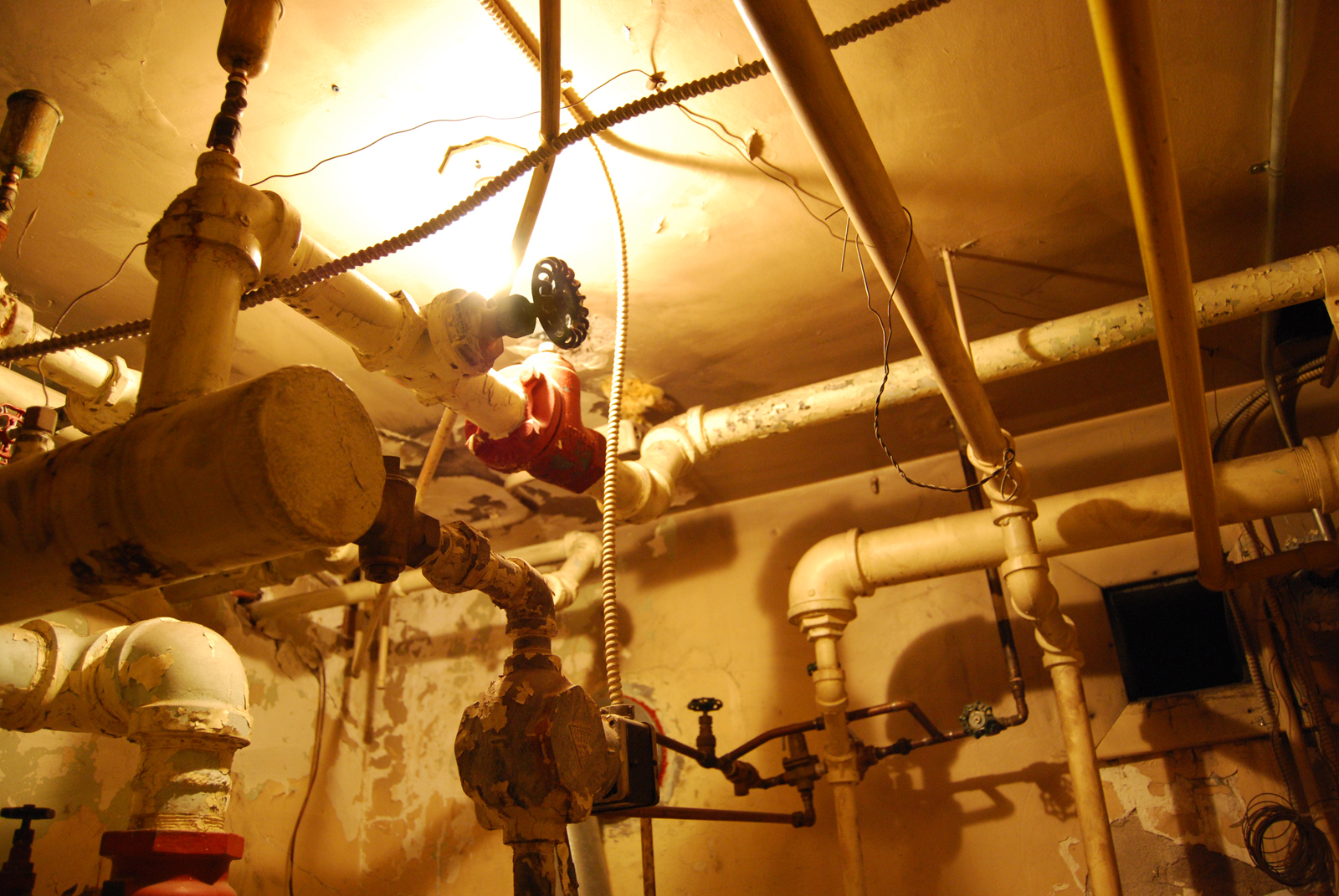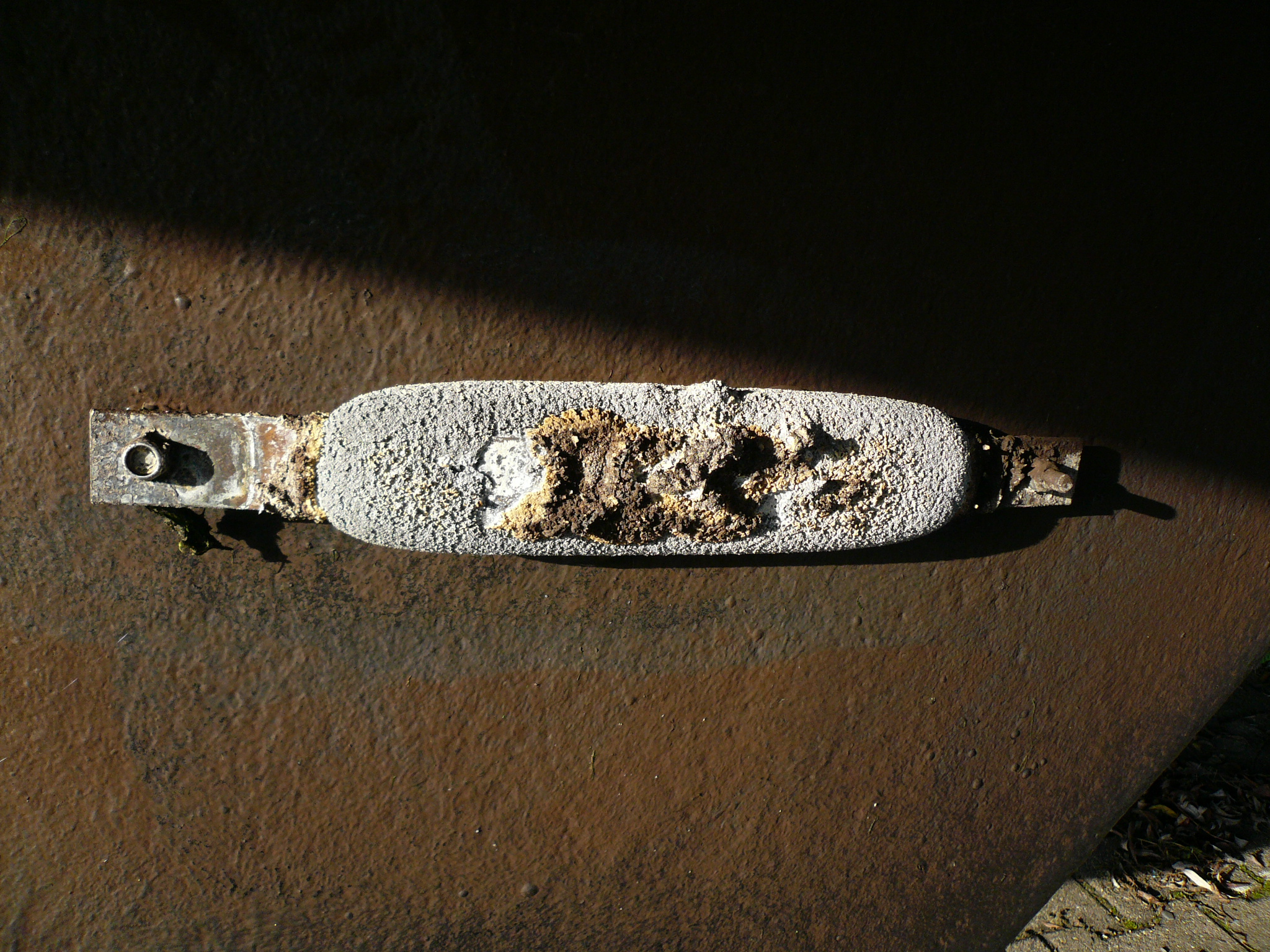|
Galvanized Iron
Galvanization or galvanizing ( also spelled galvanisation or galvanising) is the process of applying a protective zinc coating to steel or iron, to prevent rusting. The most common method is hot-dip galvanizing, in which the parts are submerged in a bath of hot, molten zinc. Protective action The zinc coating, when intact, prevents corrosive substances from reaching the underlying iron. Additional electroplating such as a chromate conversion coating may be applied to provide further surface passivation to the substrate material. History and etymology The earliest known example of galvanized iron was encountered by Europeans on 17th-century Indian armour in the Royal Armouries Museum collection. The term "galvanized" continues to be used metaphorically of any stimulus which results in activity by a person or group of people. In modern usage, the term "galvanizing" has largely come to be associated with zinc coatings, to the exclusion of other metals. Galvanic paint, a ... [...More Info...] [...Related Items...] OR: [Wikipedia] [Google] [Baidu] |
Hot-dip Galvanizing
Hot-dip galvanization is a form of galvanization. It is the process of coating iron and steel with zinc, which alloys with the surface of the base metal when immersing the metal in a bath of molten zinc at a temperature of around . When exposed to the atmosphere, the pure zinc (Zn) reacts with oxygen ( O2) to form zinc oxide ( ZnO), which further reacts with carbon dioxide ( CO2) to form zinc carbonate ( ZnCO3), a usually dull grey, fairly strong material that protects the steel underneath from further corrosion in many circumstances. Galvanized steel is widely used in applications where corrosion resistance is needed without the cost of stainless steel, and is considered superior in terms of cost and life-cycle. It can be identified by the crystallization patterning on the surface (often called a "spangle"). Galvanized steel can be welded; however, one must exercise caution around the resulting toxic zinc fumes. Galvanized fumes are released when the galvanized metal reache ... [...More Info...] [...Related Items...] OR: [Wikipedia] [Google] [Baidu] |
Aluminized Steel
Aluminized steel is steel that has been plated with aluminium or aluminium-silicon alloy, in a process analogous to hot-dip galvanizing. The steel workpiece is immersed in molten aluminum to produce a tight metallic bond between the steel and coating. The product has a unique combination of properties possessed by neither steel alone nor aluminium alone. Aluminized steel is more resistant to corrosion than bare steel while retaining properties of steel, at temperature lower than the melting point of aluminum, . Common applications include heat exchangers in residential furnaces, commercial rooftop HVAC units, automotive mufflers, ovens, kitchen ranges, water heaters, fireplaces, barbecue burners, and baking pans. Aluminized steel transfers heat more effectively than bare steel. It often serves where galvanized steel might have been used historically, without galvanized steel's drawbacks. Characteristics vary depending on the aluminum alloy used. Types ; Type 1: Hot-dip coat ... [...More Info...] [...Related Items...] OR: [Wikipedia] [Google] [Baidu] |
Plumbing
Plumbing is any system that conveys fluids for a wide range of applications. Plumbing uses pipes, valves, plumbing fixtures, tanks, and other apparatuses to convey fluids. Heating and cooling (HVAC), waste removal, and potable water delivery are among the most common uses for plumbing, but it is not limited to these applications. The word derives from the Latin for lead, ''plumbum'', as the first effective pipes used in the Roman era were lead pipes. In the developed world, plumbing infrastructure is critical to public health and sanitation. Boilermakers and pipefitters are not plumbers although they work with piping as part of their trade and their work can include some plumbing. History Plumbing originated during ancient civilizations, as they developed public baths and needed to provide potable water and wastewater removal for larger numbers of people. The Mesopotamians introduced the world to clay sewer pipes around 4000 BCE, with the earliest examples f ... [...More Info...] [...Related Items...] OR: [Wikipedia] [Google] [Baidu] |
Tap Water
Tap water (also known as faucet water, running water, or municipal water) is water supplied through a tap, a water dispenser valve. In many countries, tap water usually has the quality of drinking water. Tap water is commonly used for drinking, cooking, washing, and toilet flushing. Indoor tap water is distributed through "indoor plumbing", which has existed since antiquity but was available to very few people until the second half of the 19th century when it began to spread in popularity in what are now developed countries. Tap water became common in many regions during the 20th century, and is now lacking mainly among people in poverty, especially in developing countries. Governmental agencies commonly regulate tap water quality. Household water purification methods such as water filters, boiling, or distillation can be used to treat tap water's microbial contamination to improve its potability. The application of technologies (such as water treatment plants) invol ... [...More Info...] [...Related Items...] OR: [Wikipedia] [Google] [Baidu] |
Pipe (fluid Conveyance)
A pipe is a tubular section or hollow cylinder, usually but not necessarily of circular cross-section, used mainly to convey substances which can flow — liquids and gases ( fluids), slurries, powders and masses of small solids. It can also be used for structural applications; hollow pipe is far stiffer per unit weight than solid members. In common usage the words ''pipe'' and '' tube'' are usually interchangeable, but in industry and engineering, the terms are uniquely defined. Depending on the applicable standard to which it is manufactured, pipe is generally specified by a nominal diameter with a constant outside diameter (OD) and a schedule that defines the thickness. Tube is most often specified by the OD and wall thickness, but may be specified by any two of OD, inside diameter (ID), and wall thickness. Pipe is generally manufactured to one of several international and national industrial standards. While similar standards exist for specific industry ap ... [...More Info...] [...Related Items...] OR: [Wikipedia] [Google] [Baidu] |
Cast Iron Pipe
Cast iron pipe is pipe made predominantly from gray cast iron. It was historically used as a pressure pipe for transmission of water, gas and sewage, and as a water drainage pipe during the 17th, 18th, 19th and 20th centuries. Cast iron pipe was frequently used uncoated, although later coatings and linings reduced corrosion and improved hydraulics. In cast iron pipe, the graphite forms flakes during the casting process, when examined under a microscope. Cast iron pipe was superseded by ductile iron pipe, which is a direct development, with most existing manufacturing plants transitioning to the new material during the 1970s and 1980s. Ductile iron pipe is different than cast iron, because the introduction of magnesium during the casting process causes the graphite to form spheres (graphite nodules) rather than flakes. While this allows the material to remain castable, the end product is much tougher than cast iron, and allows elastic behavior at lower stress levels. Little c ... [...More Info...] [...Related Items...] OR: [Wikipedia] [Google] [Baidu] |
Sulfur Dioxide
Sulfur dioxide ( IUPAC-recommended spelling) or sulphur dioxide (traditional Commonwealth English) is the chemical compound with the formula . It is a toxic gas responsible for the odor of burnt matches. It is released naturally by volcanic activity and is produced as a by-product of copper extraction and the burning of sulfur- bearing fossil fuels. Structure and bonding SO2 is a bent molecule with ''C''2v symmetry point group. A valence bond theory approach considering just ''s'' and ''p'' orbitals would describe the bonding in terms of resonance between two resonance structures. The sulfur–oxygen bond has a bond order of 1.5. There is support for this simple approach that does not invoke ''d'' orbital participation. In terms of electron-counting formalism, the sulfur atom has an oxidation state of +4 and a formal charge of +1. Occurrence Sulfur dioxide is found on Earth and exists in very small concentrations and in the atmosphere at about 1 ppm. On other p ... [...More Info...] [...Related Items...] OR: [Wikipedia] [Google] [Baidu] |
Sacrificial Anode
A galvanic anode, or sacrificial anode, is the main component of a galvanic cathodic protection system used to protect buried or submerged metal structures from corrosion. They are made from a metal alloy with a more "active" voltage (more negative reduction potential / more positive electrode potential) than the metal of the structure. The difference in potential between the two metals means that the galvanic anode corrodes, in effect being "sacrificed" in order to protect the structure. Theory In brief, corrosion is a chemical reaction occurring by an electrochemical mechanism (a redox reaction).Shrier 10:4 During corrosion of iron or steel there are two reactions, oxidation (equation ), where electrons leave the metal (and the metal dissolves, i.e. actual loss of metal results) and reduction, where the electrons are used to convert oxygen and water to hydroxide ions (equation ): In most environments, the hydroxide ions and ferrous ions combine to form ferrous hydroxide ... [...More Info...] [...Related Items...] OR: [Wikipedia] [Google] [Baidu] |
Paint
Paint is any pigmented liquid, liquefiable, or solid mastic composition that, after application to a substrate in a thin layer, converts to a solid film. It is most commonly used to protect, color, or provide texture. Paint can be made in many colors—and in many different types. Paint is typically stored, sold, and applied as a liquid, but most types dry into a solid. Most paints are either oil-based or water-based and each has distinct characteristics. For one, it is illegal in most municipalities to discard oil-based paint down household drains or sewers. Clean-up solvents are also different for water-based paint than they are for oil-based paint. Water-based paints and oil-based paints will cure differently based on the outside ambient temperature of the object being painted (such as a house.) Usually, the object being painted must be over , although some manufacturers of external paints/primers claim they can be applied when temperatures are as low as . History Paint was ... [...More Info...] [...Related Items...] OR: [Wikipedia] [Google] [Baidu] |
Rust 1
Rust is an iron oxide, a usually reddish-brown oxide formed by the reaction of iron and oxygen in the catalytic presence of water or air moisture. Rust consists of hydrous iron(III) oxides (Fe2O3·nH2O) and iron(III) oxide-hydroxide (FeO(OH), Fe(OH)3), and is typically associated with the corrosion of refined iron. Given sufficient time, any iron mass, in the presence of water and oxygen, could eventually convert entirely to rust. Surface rust is commonly flaky and friable, and provides no passivational protection to the underlying iron, unlike the formation of patina on copper surfaces. ''Rusting'' is the common term for corrosion of elemental iron and its alloys such as steel. Many other metals undergo similar corrosion, but the resulting oxides are not commonly called "rust". Several forms of rust are distinguishable both visually and by spectroscopy, and form under different circumstances. Other forms of rust include the result of reactions between iron and chlorid ... [...More Info...] [...Related Items...] OR: [Wikipedia] [Google] [Baidu] |
Sherardizing
Sherardising is a process of galvanization of ferrous metal surfaces, also called vapour galvanising and dry galvanizing. The process is named after British metallurgist Sherard Osborn Cowper-Coles (son of naval inventor Cowper Phipps Coles) who invented and patented the method c. 1900. This process involves heating the steel parts up to c. 500 °C in a closed rotating drum that contains metallic zinc dust and possibly an inert filler, such as sand.H. G. Arlt, "Finishes on the Metal Parts of Telephone Apparatus", ''Bell Laboratories Record'', Volume 9(4), 175 (December 1932) At temperatures above 300 °C, zinc evaporates and diffuses into the steel substrate forming diffusion bonded Zn-Fe-phases. Sherardising is ideal for small parts and parts that require coating of inner surfaces, such as batches of small items. Part size is limited by drum size. It is reported that pipes up to 6 m in length for the oil industry are sherardised. If the metal surface is free of scale or oxides, ... [...More Info...] [...Related Items...] OR: [Wikipedia] [Google] [Baidu] |






